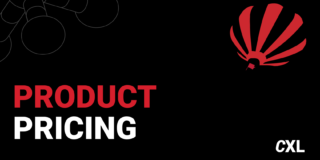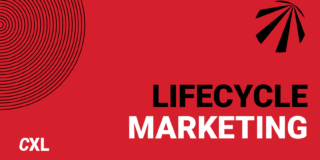Differentiation strategy: what it is, why it’s critical, and how to get it right

No business starts out with the goal of blending in. Yet, standing out from the competition is one of the biggest challenges entrepreneurs and marketers continue to face.
Wanting to be different from your competition is one thing, but how do you achieve it? The answer, in many cases, can be found in creating an effective differentiation strategy.






